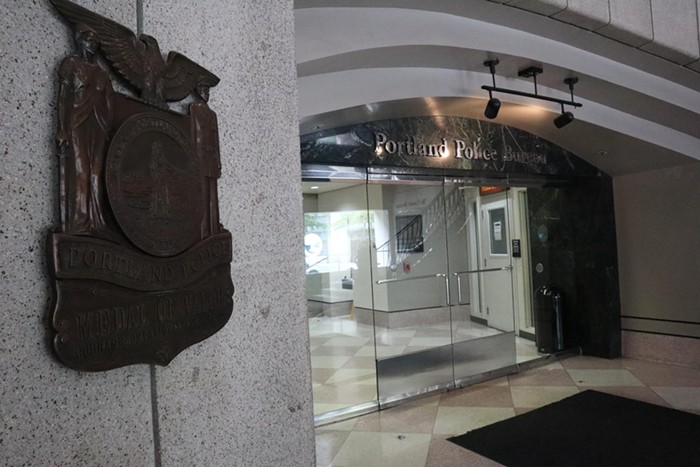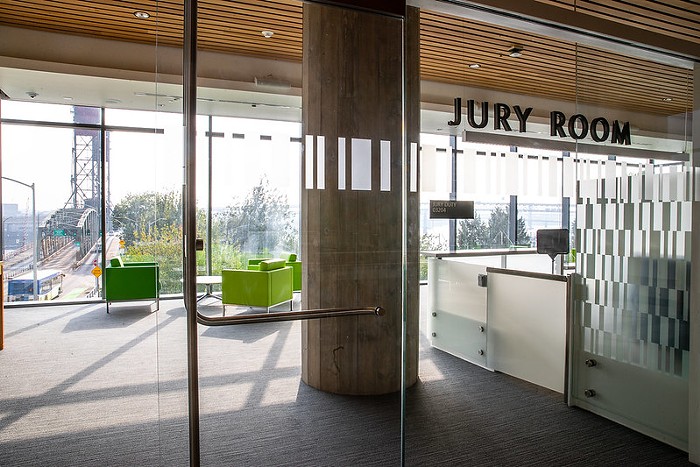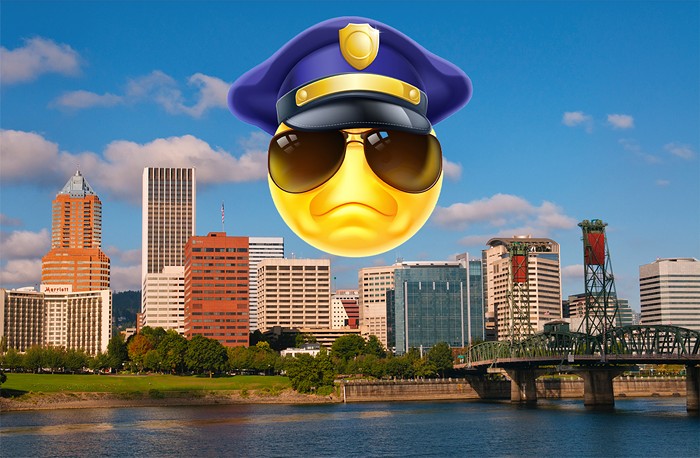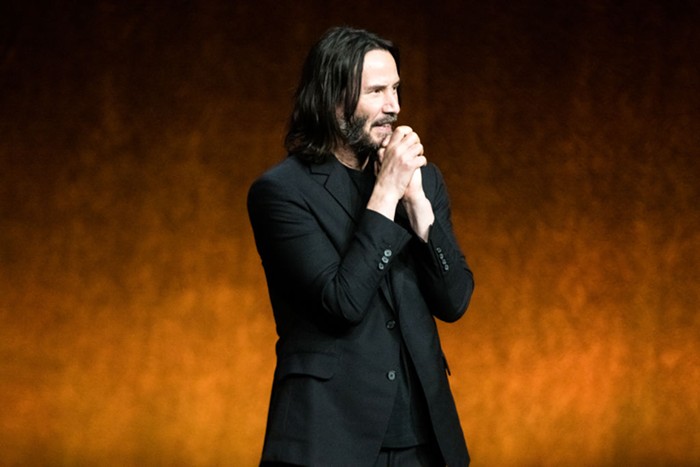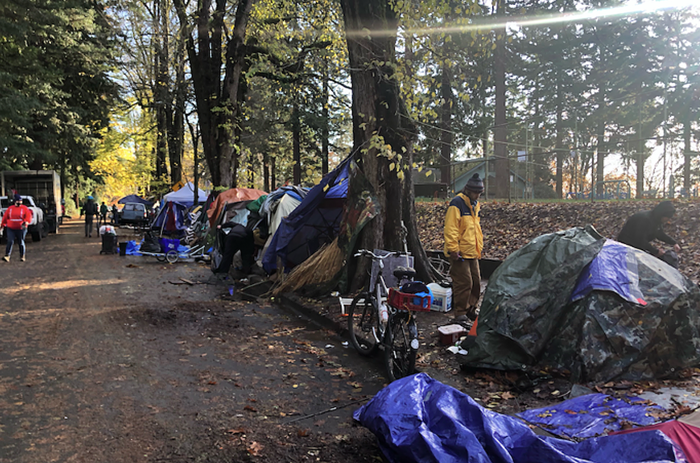Portland Public Schools (PPS) is now entering its ninth month of contract negotiations with the district’s school bus driver union over stagnant wages, allegedly unsafe transportation practices, and benefits for part-time employees. With such long delays and perceived apathy on the part of the school district, union representatives are getting antsy for the process to resolve.
The union, made up of around 105 drivers who serve the district’s disabled students, is represented by Amalgamated Transit Union Local 757 (ATU). Drivers are currently working under a contract that expired in June 2017. Starting drivers currently make $16.25 per hour, and the district has proposed a wage freeze for two years at that rate. But union organizers say the rate is too low for drivers to live in the expensive city they serve.
“We have drivers who live in Camas, Canby, and Tigard,” says driver and union organizer Beth Blumklotz. “We have one driver who’s homeless.”
Blumklotz has been driving for PPS for six years. She and the other drivers represented by ATU are separate from the group of contracted drivers who drive buses for the main student body. Blumklotz says the contractors, who work for First Student Inc., make $18 an hour and have the right to renegotiate wages every year—they’ve successfully negotiated three percent increases every year since 2015. And truck drivers who deliver food for the district make $21.32 per hour when first hired, which rises to $23.69 after six months.
“In all fairness, we feel we should get paid the same as those who transport food,” said Blumklotz in a March 20 PPS board meeting. “Are you saying that meatloaf, hamburgers, and hot dogs are more valuable than our children?”
The Mercury reached out to PPS for comment, and spokesperson Dave Northfield wrote, “The District does not negotiate these contracts in the media.” PPS responded to confirm facts involved with the negotiation but did not comment on the process itself.
The negotiations come in the midst of larger-scale bus driver hiring problems within PPS. The United States is facing a shortage of licensed commercial drivers, including bus drivers, so there’s a lot of demand in the Portland area for those jobs and not a lot of qualified workers. School bus drivers are also required to pass background checks, FBI fingerprinting, consistent drug and alcohol tests, and must be trained to administer first aid—going beyond what’s required of a standard commercial driver.
With so many more requirements than better-paying driving jobs, it’s no surprise to Blumklotz that PPS isn’t retaining the drivers it desperately needs.
“We have been underpaid for years, and we have just gotten to the point where enough is enough,” she says.
PPS raised the driver’s wage by $1.67 per hour in August 2017 to try and attract new hires—a raise that PPS spokesperson Harry Esteve says represents a seven percent raise for senior drivers and an 11 percent raise for new drivers.
But according to ATU spokesperson Andrew Riley, that increase is still not competitive. “There are a lot of folks who are just not sure they’re going to be able to keep driving next school year because the pay is so low,” Riley says. “It’s mind-boggling that the school district is paying so low while wondering why they don’t have enough drivers.”
Riley also points out that the district is devaluing its most vulnerable students by paying their drivers so much less than other drivers for the district. “Why is this kind of transportation uniquely devalued?” he asks. Some union members are relying on food banks and driving for Uber and Lyft in between shifts to make up the gap, Riley says.
But wages aren’t the only thing ATU is negotiating for. Some of the members are part-time “type 10” drivers: They drive vans or cars to transport students and are meant to replace expensive cab rides that the district used to provide for certain special needs. The district brought in these type 10 drivers for that purpose in 2016, but Riley says the district isn’t following that agreement. “They have replaced bus routes with these type 10 drivers,” he says, which can be a safety hazard for students.
“School buses are kind of built like tanks,” he says. “The same is not true for vans, so we tend to think those are less safe ways for transporting students.” In the case of an emergency, it may be significantly more difficult to evacuate students from these non-commercial vehicles. Blumklotz says it’s far easier to get kids out of a bus—which has clear emergency exits in the back and an easy aisle for evacuation—than to get children out of a car with multiple doors.
The union is now preparing to go into arbitration after receiving a final offer from the district: $17.96 an hour. Blumklotz suggests that some union members are considering work stoppage to get things done. And if that doesn’t work? “There’s other school districts,” Blumklotz says.

